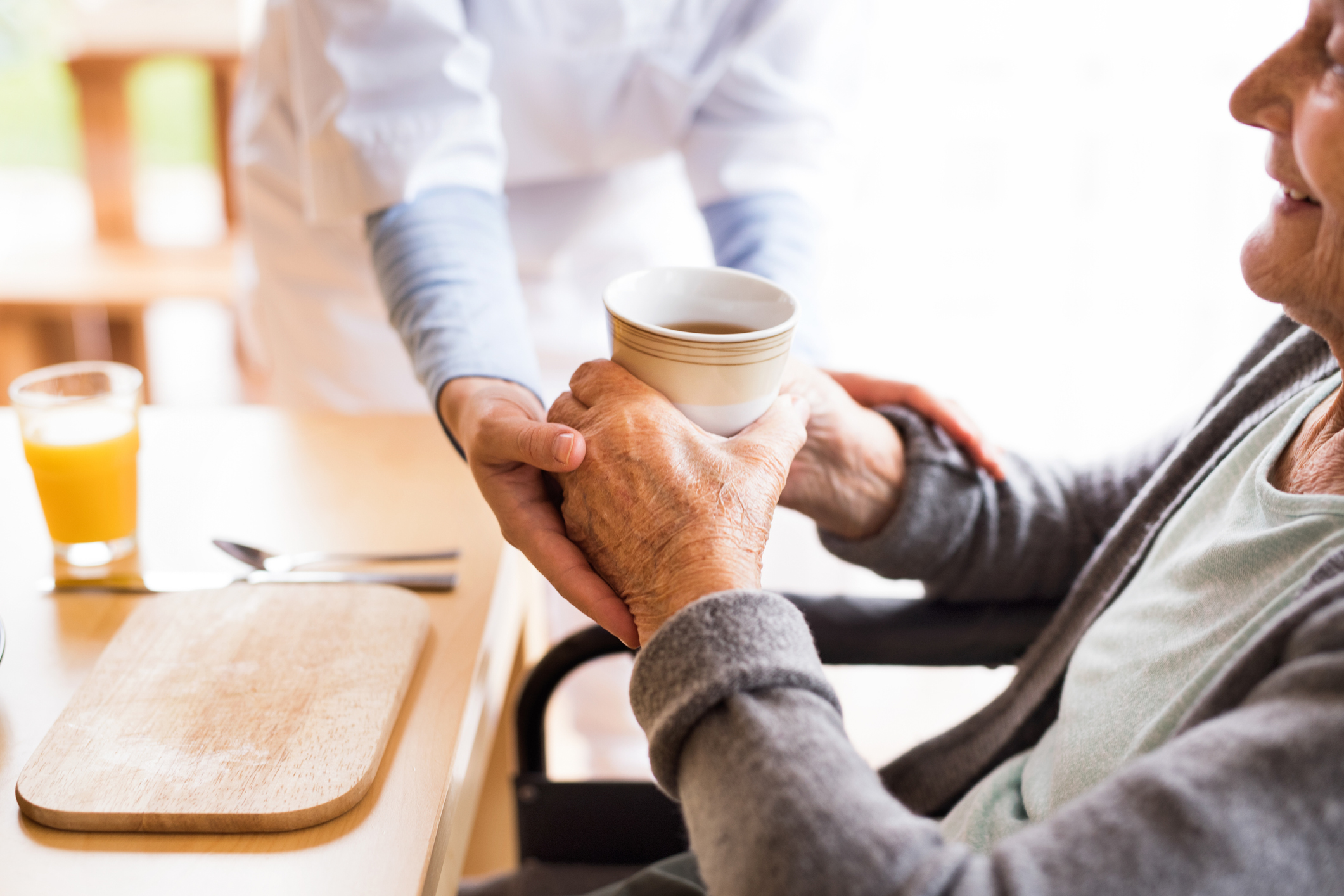Although seniors frequently say they want to age in place at home for as long as possible, difficulties with mobility or self-care can hinder achieving this goal. But according to a recent study, frail low-income seniors can significantly benefit from at-home help, making it possible to remain in place and stay connected with their communities. In the long run, a small investment in the way of a visiting nurse, an occupational therapist or a home repair service can not only improve quality of life for older adults, but it can also save health care dollars by better controlling chronic illness and reducing the need for assisted living placements.
According to a recent Kaiser Health News report, the Community Aging in Place – Advancing Better Living for Elders (CAPABLE) program, is having significant success helping vulnerable, frail elderly adults improve their ability to care for themselves at home. A study, published in the JAMA Internal Medicine journal, found that over a period of 5 months, participants who received help from CAPABLE experienced a 30 percent reduction in difficulty performing activities of daily living. With small adaptations around the home; installing grab bars, repairing uneven flooring, providing assistive devices like a walker or assisting seniors with medication management, the program helps prevent falls leading to hospitalization and lessens social isolation and depression.
Not only can participants of the CAPABLE program reduce their disability by as much as half and lower their symptoms of depression without the use of drugs, elderly adults in the program have an increased ability to care for themselves at home where they feel most comfortable.
It is estimated that the CAPABLE program, available in 12 states, costs about $3,300 per person to implement including $1,200 in home repairs, which compared with an average cost of $7,441 a month for a semi-private nursing room is a significant savings. In states where CAPABLE has not been implemented yet, Medicaid may have a similar program available.
As the elderly population continues to swell over the next 20 to 30 years, more programs that invest in the well-being of seniors, helping them stay active members of their communities will be more important than ever. Providing assistance at home is not only a smart financial investment of health care dollars,






Add Your Voice
0 Comments
Join the Discussion